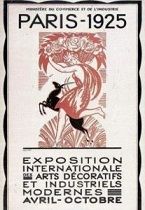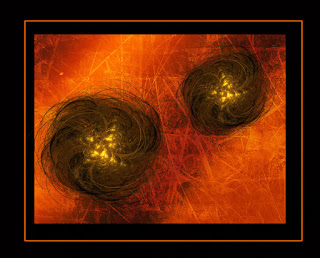Surely everyone knows that he was famous for creating artwork that looked like cheaply produced comic book images, blown up to a large scale ? His images used the dots found in production of comic books of the 1960s. and... err that's about it for most people.
In fact Roy Lichtenstein was still creating art right up until his death in 1997 in the same city in which he was born some 73 years earlier - New York. During his life he produced well over 5000 pieces of art, including ceramics, sculpture, posters and murals - as well as his famous Pop Art material.
From the last part of the 1960s he began to consider the roots of modernism and apply his techniques to the styles and beliefs of the early Modernists. For example one of the earliest was the Post Impressionist Vincent Van Gogh. He did a famous painting of his bedroom when he was based in Arles in France. Lichtenstein painted a tribute to this, but using his own techniques. See if you can see which is which ?


Roy Lichtenstein also went on to create paintings in the style of Cubists and Surrealists.
Not only did he show these influences but he was even more specific when demonstrating his positive support for the Bauhaus School, with this image that he simply called Bauhaus Stairway.
He even showed his appreciation for the Italian Futurist artists in this painting, which shows very clearly their stylistic theme of showing the power of movement by repeated versions of the same figure as it might have moved across the canvas.
For Lichtenstein the movement was that of a music conductor, rather than a cycle or a war machine. This is one of Lichtenstein's later obsessions - the view ( shared with Kandinsky ) that music and art have much in common - as these two images show - one by Kandinsky and one by Lichtenstein.
He produced a series of Nude portraits and many still life paintings. He didn't even restrict his artwork to paintings. On several occasions he moved into 3 dimensions and created ceramics and sculptures.
The moral of all of this is that you should not judge Roy Lichtenstein on the basis of his early paintings based on overblown comic graphics. His total output was far wider and much more inspired by a wide range of modernist artists.
You may never see his full 5000 plus range of works, but just from this selection you should see that he was more than an illustrator in the early 1960s



































